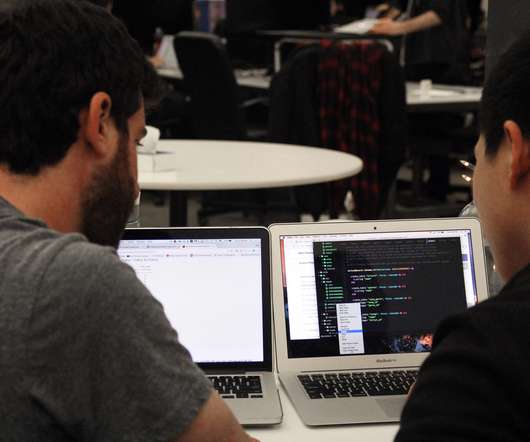5 Ways Educators & Parents Can Encourage Student Interest in STEM
EdNews Daily
APRIL 11, 2021
By Nhon Ma Perhaps even more than any other field, STEM sectors have a bright future ahead. between 2019 and 2029, this rate is nearly double for science, technology, engineering, and mathematics. The post 5 Ways Educators & Parents Can Encourage Student Interest in STEM first appeared on EdNews Daily.















Let's personalize your content